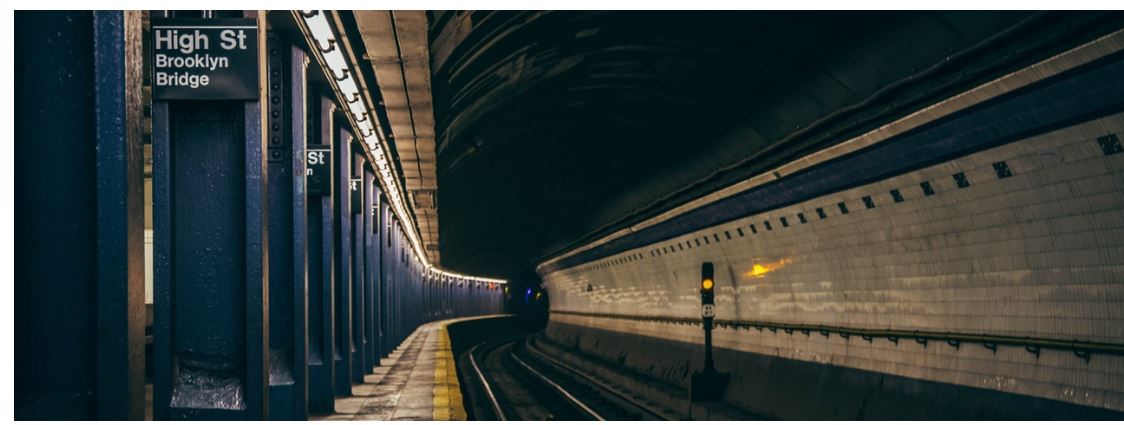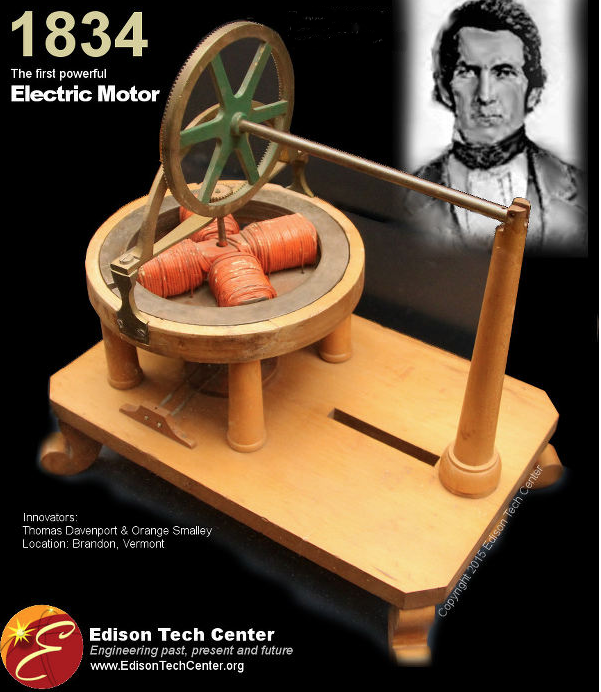OVERSEAS RAILWAYS SECTION

A Brief History of New York City Transportation
New York City is a glorious, sprawling metropolis, and it blazed new trails in city planning and mass transit. Inventive solutions allowed NYC to grow and thrive, creating a flow of traffic that pumped through the city like lifeblood. Today, the old bones and paths of early omnibuses, trolleys, and trains still mark the streets and skies of the five boroughs. They have a long and storied history as essential elements in one of the greatest cities on Earth.
Recommended by Tyler Thomas U.S.A.
www.topviewnyc.com/packages/brief-history-of-new-york-city-transportation
History of the Texas Railroads
Recommended by Michelle a student from the New Hampshire Stem Group
Many thanks to Michelle and her class for sharing your project with us.
The geography of the massive state of Texas is incredibly diverse. There are mountains, winding rivers, scraggly desert, forests, elevations changes and more. With a maximum width of over 770 miles and a length of 800 miles it is an incredibly difficult state to travel without a proper means of conveyance. Today it is taken for granted that you can travel across the state of Texas in a matter of hours in a method of your choosing. Before railroads were laid down in the mid-19th century, travel in the area of Texas was limited to waterways and Native American paths and trails. Roads, where they existed, were of poor quality. Flood-prone rivers made crossing a challenge in the best of conditions. The majority of the population in Texas was clustered in the southern and eastern parts of the state around the 1830's, as the west was still considered too wild. However, as railroads became more widespread and necessary, travel to the western reaches of the state became a reality and led to rapid development throughout the region and beyond.
Link: https://www.austinrealestate.com/history-of-the-texas-railroads.php

C00741. Austin History Centre, Austin Public Library
Transportation History: The Trolley, Tram and Streetcar
Thomas Davenport debuted his model train in 1830 and inspired engineers to work on developing electric trains devoted to transporting passengers. Trams, trolleys, and streetcars emerged from this inspiration, and electric driven trains were one of the first significant uses of electricity (outside of electric light).
Recommended by Hannah Hayes.
Hannah discovered this as part of a school social studies project carried out as part of her home schooling. Her school has been closed because of the Covid 19 problems.
https://www.partsgeek.com/mmparts/transportation_history_the_trolley_tram_and_streetcar.html

By now, you may be wondering what this has to do with electric streetcars. Thomas Davenport used Ányos Jedlik’s design to build a similar contraption, that followed a short rail among his other endeavors. This inspired others to start developing the first electrified public transport. This would evolve into electric cars fifty years later.

16 May 1881.
The first commercial installation of an electric streetcar in the United States was built in 1884 in Cleveland, Ohio and operated for a period of one year by the East Cleveland Street Railway Company. Trams were operated in Richmond, Virginia, in 1888, on the Richmond Union Passenger Railway built by Frank J. Sprague.
